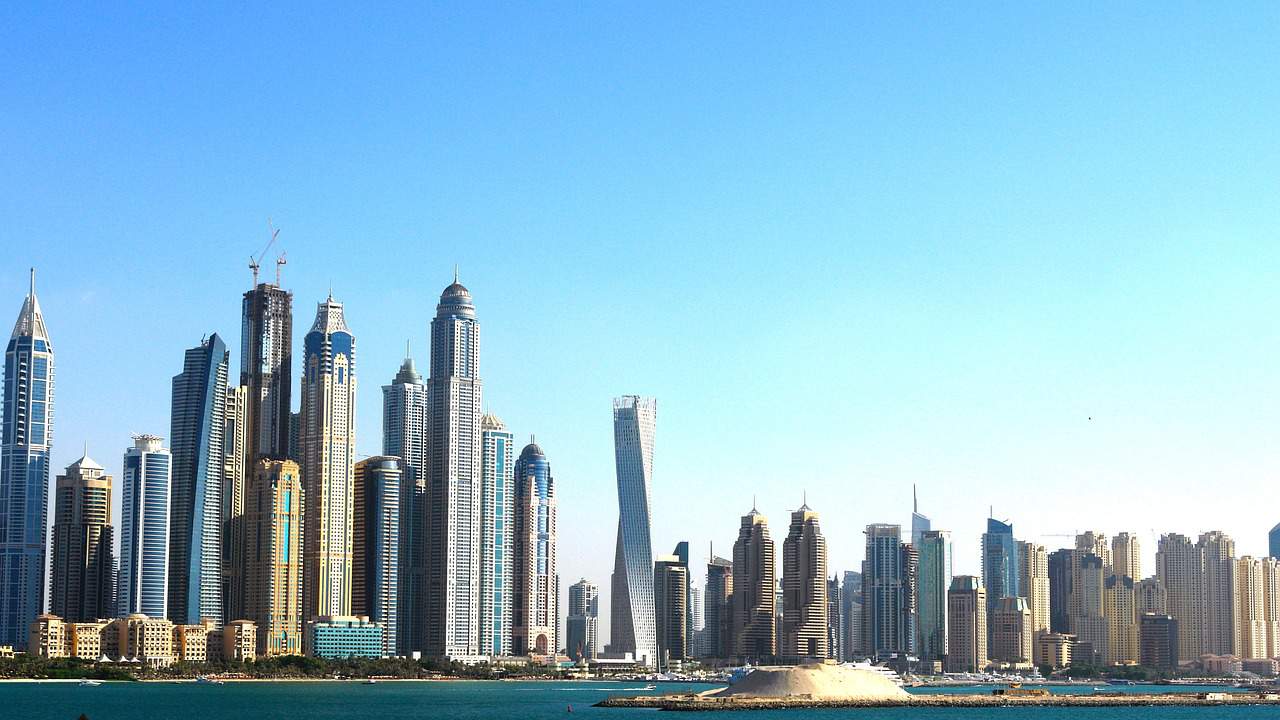
Dubai, often seen as the epitome of luxury real estate with its glitzy penthouses and villas, is now emerging as a global leader in residential property investments. A recent report from Knight Frank dubbed the emirate as a “global outperformer,” emphasizing the increasing demand for luxury waterfront homes against a backdrop of limited supply. In 2023, property prices in Dubai have soared almost 20% annually, marking a pace that is double the rate of growth seen last year. This makes Dubai the second-fastest growing real estate market in the world, trailing only Turkey. Meanwhile, the global average for property price growth languishes at a near-decade low of 3-4%.
But even with this impressive surge in house prices, Dubai’s residential property market is far from overheating. According to UBS’s most recent Global Real Estate Bubble Index, published in September, Dubai is among the world’s safest markets in terms of risk of a residential property price correction, indicating a fairly priced market. Inflation-adjusted house prices are still about 25% below their 2014 peak. With substantial growth in real incomes and an influx of affluent and skilled migrants, the residential property value in Dubai is expected to maintain its double-digit growth for years to come. A report from Henley & Partners forecasts that around 4,500 millionaires will relocate to Dubai this year, while over the last 12 months, the UAE has issued more than 3.4 million new residence permits—equivalent to over a third of its current population.
However, the golden investment opportunities in Dubai’s real estate market extend beyond the high-profile villas and penthouses in the city centre and Jumeirah. A trend highlighted by online property search platform Housearch reveals a “notable shift in housing preferences,” as people increasingly look for smaller, more affordable homes in less costly neighbourhoods. Specifically, areas to the South and South-East of the city centre are garnering attention for their growth potential, as these locales are only now beginning to rebound in property values, currently standing at about 50% of their 2014 levels.
Data by CBRE Group, a leading real estate investment firm, supports this. Neighbourhoods like Remraam, Liwan, Discovery Gardens, Motor City, and Dubai Investment Park are particularly noteworthy. These areas have provided landlords with remarkable gross rental yields of 9-10%. Coupled with anticipated property value appreciation, an investment in buy-to-rent residential property in these neighbourhoods could potentially yield an annualized return on capital of around 20%. In contrast, prime locations such as Palm Jumeirah have only offered a 5-6% gross rental yield and are generally considered more vulnerable to market cycles.
While the allure of luxury properties in iconic locations continues, from a buy-to-rent investor perspective less glamorous areas of Dubai appear to turn out more rewarding. With robust rental yields and expected property value appreciation, these areas are rapidly becoming the new frontiers in Dubai’s real estate market.